How to Mirror Cast to TV Wirelessly Without Wi-Fi? (From a Phone or Laptop)
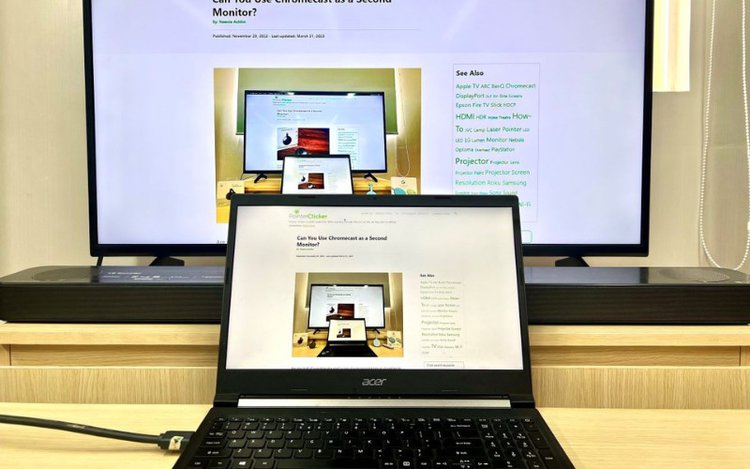
What To Know
- Devices can use Miracast, a form of Wi-Fi Direct, for wireless screen mirroring without the need for an internet connection.
- For devices that are not Miracast compatible or for non-smart TVs, a wireless HDMI extender can be used.
This guide provides step-by-step methods for both wired and wireless solutions to help you project your favorite content with ease, even when a Wi-Fi network is out of reach.
Ready to cast your screen to a bigger display? Let’s get started.
Quick Navigation
Screen Mirroring Without Wi-Fi – Quick Guide
| Solutions | Setup Instructions |
| Miracast (Screen Mirroring) | Enable Miracast on Display → Connect Input Device to Display via its Settings |
| Wireless HDMI Extender |
|
| HDMI Cable | Input Device → HDMI Cable → Display |
| USB-C to HDMI Cable | Input Device → USB-C to HDMI Cable → Display |
| Lightning to HDMI Adapter | Input Device → Lightning to HDMI Adapter → HDMI Cable → Display |
| DisplayPort /VGA /DVI to HDMI Cable | Input Device → Display/Port/VGA/DVI to HDMI Cable → Display Note: VGA and DVI connections require a separate audio setup. |
Wireless Solutions
1. Miracast (Screen Mirroring)
Miracast uses a type of Wi-Fi connection called Wi-Fi Direct, which is notably different than the type of Wi-Fi we use to surf the web, browse social media platforms, stream, and so on.
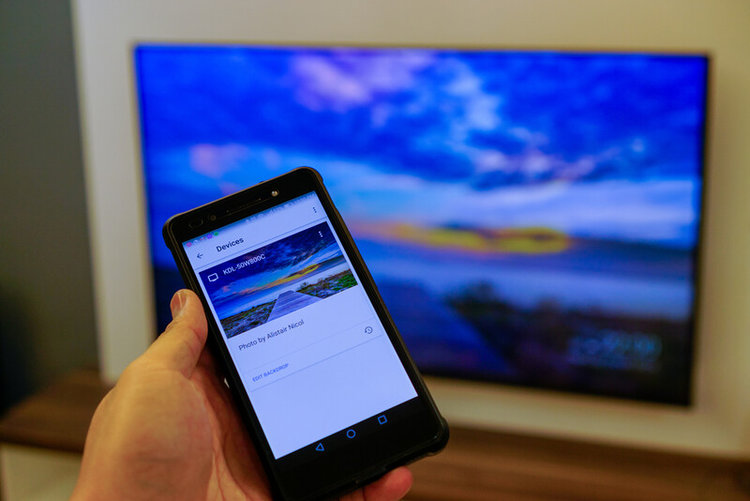
Smart TVs and projectors, and monitors usually support this type of connection since they have a built-in Wi-Fi function. If your TV/projector is non-smart, proceed to the next solution as this one will not be available to you.
If you’re unsure if your device supports Miracast, head to the official Wi-Fi website for a complete list of compatible devices. This list of quite lengthy, so we recommend using CTRL + F to search for your device’s brand name or model.
You can also verify if your Windows computer supports Miracast by launching Command Prompt (or CMD). Then, enter the command: netsh WLAN show drivers.
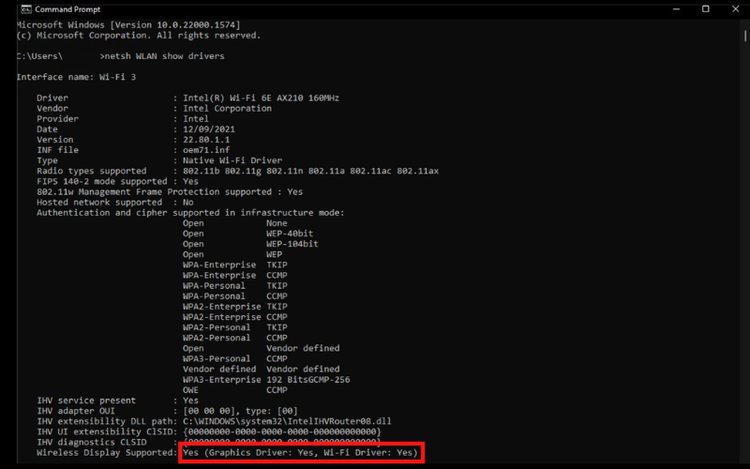
If your device does not support Miracast, consider investing in external hardware that will give it these capabilities, like a NAMCIM Wireless HDMI Extender, or trying another solution.
(Paid Link.)
TV’s Display
Step 1: Power on your TV. Depending on your TV’s model and settings, you may need to set up or launch the screen mirroring page or app.
Step 2: The Miracast page is commonly found in the Source/Input menu, which can be found in the settings. Once you’ve navigated to this menu, open Screen Mirroring or Miracast.
Watch the video below to learn how to enable Miracast on your TV.
Windows
Step 1: Go to the Settings, Bluetooth & Devices, followed by Devices. Click on Add device.
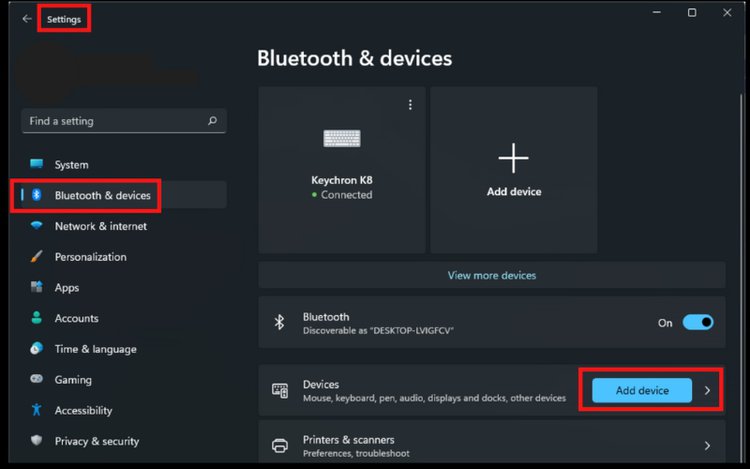
Step 2: Head to Wireless display or dock.
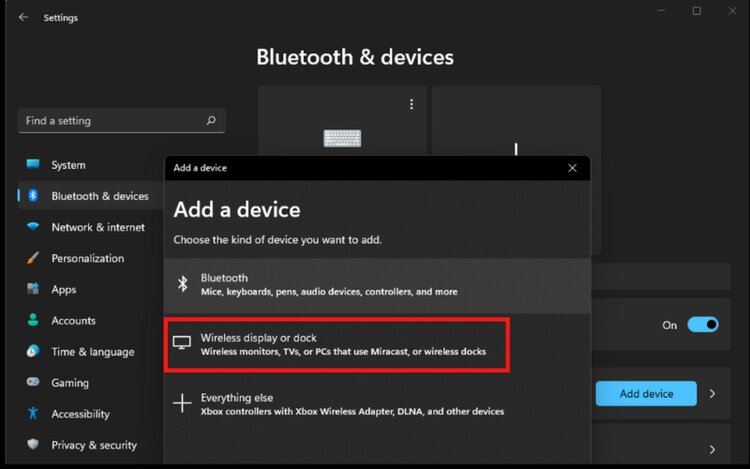
Step 3: If Miracast has been properly enabled on your display, its name should pop up in the list for you to select.
Step 4: Once you’ve selected your display’s name, wait a few moments for it to present your laptop’s screen. Then, confirm that your display is showing the correct device’s screen (and that it hasn’t accidentally connected to another device).
Watch the video below demonstrating how to mirror a Windows laptop screen to a display using Miracast.
2. Wireless HDMI Extender
If you want a wireless setup but your device doesn’t support Miracast or is non-smart, consider using a wireless HDMI transmitter and receiver . This device acts as a wireless HDMI cable, with a transmitter and receiver connecting to your device and display, respectively.
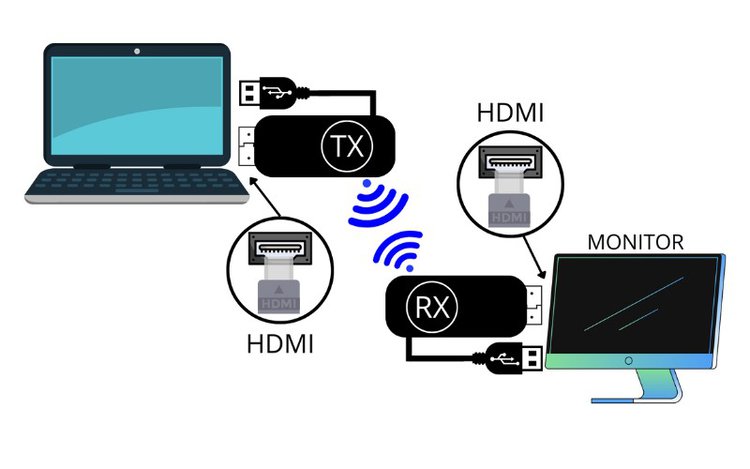
Step 1: Connect the transmitter module (labeled TX) to your input device’s (e.g. laptop, computer) HDMI port.
Step 2: Then, plug the receiver module (labeled RX) into your output device’s (e.g. TV, projector, monitor) HDMI port.
Step 3: Both modules must be powered, so plug them into a power supply with their provided USB cables. If your input or output devices’ USB ports are powered, you may use them to power the module.
Wired Solutions
Screen mirroring a device via a wired connection is not only easy, but it’s also efficient as you can select a cable that’s compatible with your mobile device or computer.
Wired solutions are also better for gaming setups since they foster lower input lags.
Before proceeding to the solutions listed below, check which ports your device and display have. Then, find the solution that works best for you.
1. HDMI Cable
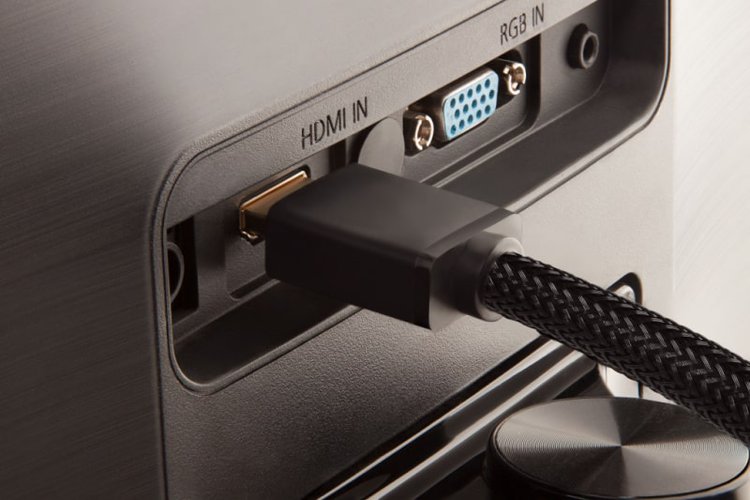
HDMI cables work best for connecting larger HDMI-compatible devices like desktops and laptops to a display. They’re widely available and you may already have one laying around your home.
Materials Needed
- HDMI-Compatible Devices
- HDMI Cable
Instructions
Step 1: Plug one end of the HDMI cable into your input device’s HDMI output port. Then, plug the other end of the same cable into your display’s HDMI input port.
Step 2: Change your display’s Input/Source device to HDMI. If the display has multiple HDMI ports, select the HDMI input that your input device is connected to.
2. USB-C to HDMI Cable
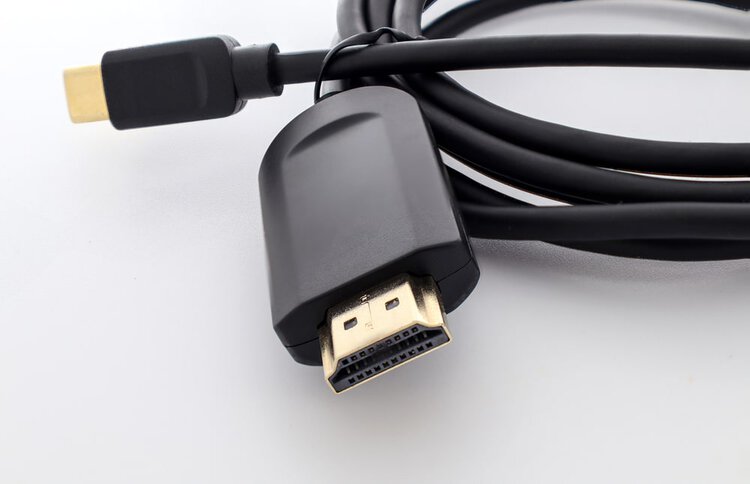
Many tablets, laptops, and Android smartphones have USB-C ports that can be used to transmit video and audio signals. This solution is great for those who would like to display mobile apps or games on the big screen without a Wi-Fi connection.
Materials Needed
- USB-C Compatible Input Device
- USB-C to HDMI Cable
Instructions
Step 1: Plug the cable’s USB-C connector into your input device’s USB-C port. If you’re using a tablet or smartphone, you won’t be able to charge your device while it’s connected to your display as the cable will occupy its charging port.
Step 2: Plug the cable’s HDMI connector into your display’s HDMI port.
Step 3: Set the display’s Input/Source to HDMI.
3. Lightning Port to HDMI Adapter
If you’d like to connect your iPhone or older generation iPad to your display, you must use a Lightning to HDMI adapter, which connects to your iOS device’s charging port.
Luckily, the adapter linked below has a charging port so you can simultaneously charge and screen mirror your iOS device.
Materials Needed
- Lightning-Compatible iOS Device
- Lightning to HDMI Cable
- HDMI Cable
Instructions
Step 1: Plug the adapter’s connected lightning cable into your iOS device’s lightning port.
Step 2: Plug one end of an HDMI cable into the adapter’s HDMI port.
Step 3: Then, plug the other end of the HDMI cable into your display’s HDMI port.
Step 4: Adjust your display’s Input/Source to HDMI.
4. MHL Micro USB to HDMI Cable Adapter (For Smartphones or Tablets With Micro USB Port)
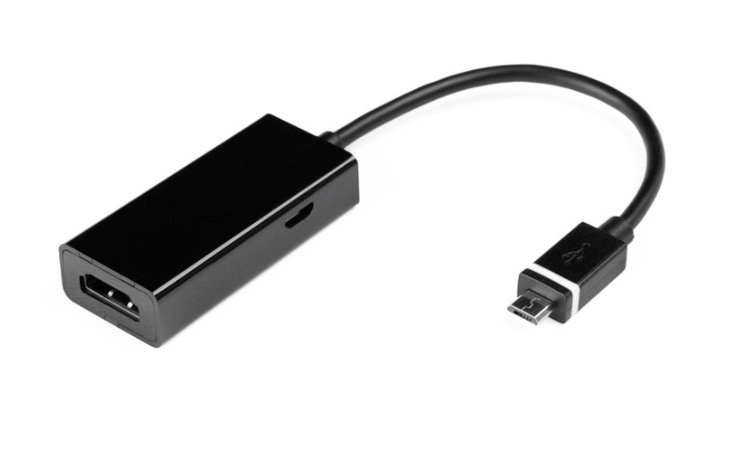
*Note: Your phone must be MHL-supported. You can read our other article “HDMI vs. MHL: Understanding the Difference Between Them” to learn more about MHL.
To connect your Micro-USB smartphone or tablet to your smart TV using a wired connection, it needs to be MHL-supported. You can check if your mobile device is compatible by visiting the MHL Website.
Materials Needed
- Micro USB Smartphone or Tablet
- HDMI Cable (Type A – The Standard HDMI Cable)
- MHL Micro USB to HDMI Cable Adapter
Instructions
- Plug the adapter’s Micro USB connector into your smartphone/tablet.
- And then, plug two ends of the HDMI cable into your display and adapter’s HDMI ports.
- Finally, set the display’s Input/Source to that HDMI port.
5. DisplayPort/VGA/DVI to HDMI Cable
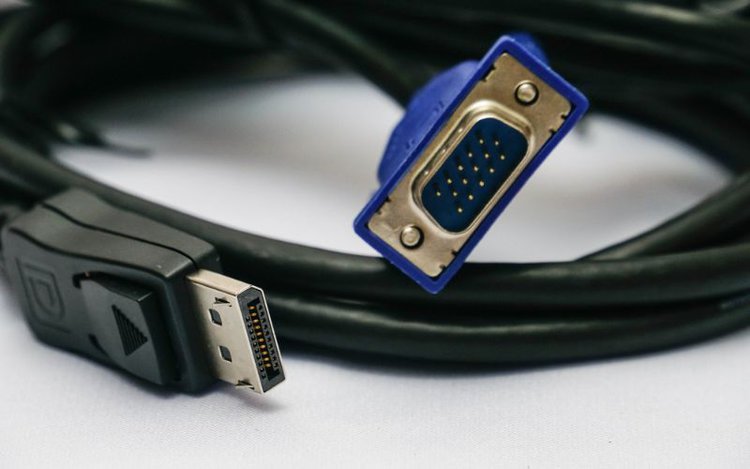
If your desktop or laptop’s HDMI ports are all occupied, consider connecting it to your display using its DisplayPort, VGA, or DVI output ports. Please note that VGA and DVI only support video and must be used with separate audio cables.
Materials Needed
- DisplayPort/VGA/DVI-Compatible Device
- One of the following cables:
- Displayport to HDMI Cable
- VGA to HDMI Cable (Audio must be connected separately.)
- DVI to HDMI Cable (Audio must be connected separately.)
Instructions
Step 1: Depending on which connection your input device supports, plug the DisplayPort/VGA/DVI end of the cable into the respective port on your laptop.
Step 2: Connect the HDMI end of the cable to your display’s HDMI input port.
(For VGA and DVI) Step 3: Set up your separate audio connection.
Step 4: Change the display’s Input/Source to HDMI.
Wrapping Things Up
You can absolutely screen mirror without Wi-Fi using both wireless and wired connections. While Mirascast does require your display to have a Wi-Fi direct connection to receive your device’s signals, it does not use the same Wi-Fi needed for everyday online activities.
Meanwhile, using a wireless HDMI extender, HDMI cable, or HDMI adapter requires no network connection at all!
So, you will still be able to mirror your device’s screen even if there are no available networks to connect to!
What’s your experience with screen mirroring without Wi-Fi? Do you prefer wireless or wired connections?
Let us know in the comments below!
Yesenia Achlim is a technical copywriter and editor with a focus on AV equipment. She aims to break down complicated topics and make technology accessible, no matter your technical expertise. When she’s not teaching you how to replace a projector lamp, you can find her reading and baking.



You really are a genius! never heard of Miracast now I know ..thanks to you …..